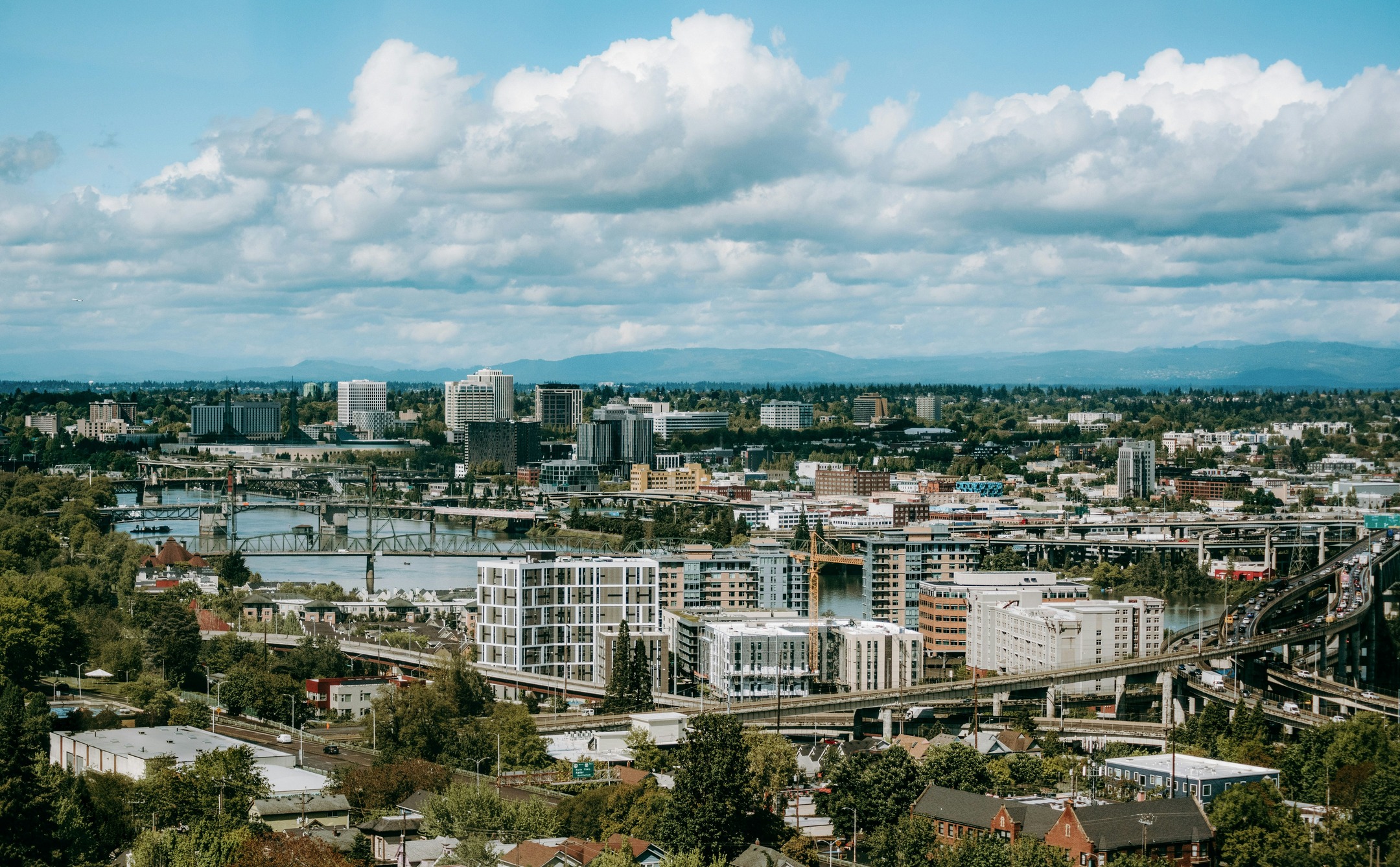Maintenance of a BBQ pit is necessary for peak cooking performance and equipment life. Grease, food residue, and carbon deposits could over time impact the heat circulation or even alter food flavor. However, using too much scrubbing or chemicals can strip off the seasoned layer that is the cause of the smoky and robust flavor of BBQ cooking.
An experienced BBQ pit accumulates oils and fats that create a natural non-stick surface in addition to enhancing the overall flavor of food. Pit cleaning without sacrificing the seasoned coat completely involves the subtle art of removing hazardous buildup without sacrificing the benefits of past cookouts. Using the right cleaning technique places the pit in the optimal position without sacrificing accumulated seasoning in the long run.
Excess Ash and Waste Removal
The first thing to do in cleaning a BBQ pit is to eliminate all the leftover food material, grease, and ash. Pre-cleaning the grill after each use by allowing it to cool slightly will guarantee that big chunks of debris can be removed with ease. Scrape off any charred substance from the grates and pit walls with a grill brush or scraper without using too much force that could remove the seasoning.
Ash buildup can also affect airflow and heat retention, and therefore any excess ash on the bottom of the BBQ pit must be removed. A small shovel or ash vacuum would be sufficient for the task. Keeping the ash levels under control not only makes the pit efficient but also prevents the bitter-tasting smoke from affecting future barbecues.
Cleaning the Interior and Grates
Once loose detritus is cleaned out, interior surfaces can be wiped clean with a grease-releasing cleaning process that removes the grease without damaging the seasoned coating. Warm water and a damp paper towel or a damp cloth should be sufficient to flush out lingering grease, leaving intact oils that contribute flavor. Chemicals and soap are not suitable because they remove the seasoning but leave chemical residues.
For the removal of stubborn stains, a vinegar-and-water solution dissolves grime without removing too much from the surface. Grease is cleaned away by gentle scrubbing with a sponge or nylon brush without stripping away the protective patina that will have accumulated with age. Regular wiping of the BBQ assembly keeps all components clean but still preserves the pit’s natural seasoning.
Caring for the Exterior and Ventilation System
The exterior of the BBQ pit should also be examined to prevent rust and harm. It should be cleaned out of dirt and grease using a damp cloth. In metal exterior surfaces, applying a thin coating of cooking oil on the exterior surfaces is effective in preventing rust and in keeping the exterior in good condition.
There needs to be appropriate airflow, too, which is another important feature of maintenance of BBQ pits. Vents and gaps in the chimney need to be inspected for obstructions that would hinder temperature adjustment. Clearing these parts enables the smooth flow of smoke, improving the flavor of foods because it keeps the cooking process efficient.
Preserving the Seasoned Layer after Cleaning
After cleaning, re-seasoning of the BBQ pit, if needed, is done. If too much seasoning was removed during cleaning, a thin layer of cooking oil applied to the interior surfaces will restore it. Heating the pit after oil application enables the seasoning to stick to the metal and strengthen the non-stick surface and flavor-releasing nature.
Cleaning on a regular basis and proper cleaning techniques maintain the seasoned layer without damaging the BBQ pit. Using proper cleaning techniques and no chemical cleaners, a well-seasoned pit is easy to maintain with rich, smoky flavors being added to every barbecue. Maintaining these habits guarantees that the BBQ pit performs well, tastes excellent, and is ready for the next barbecuing adventure.





























